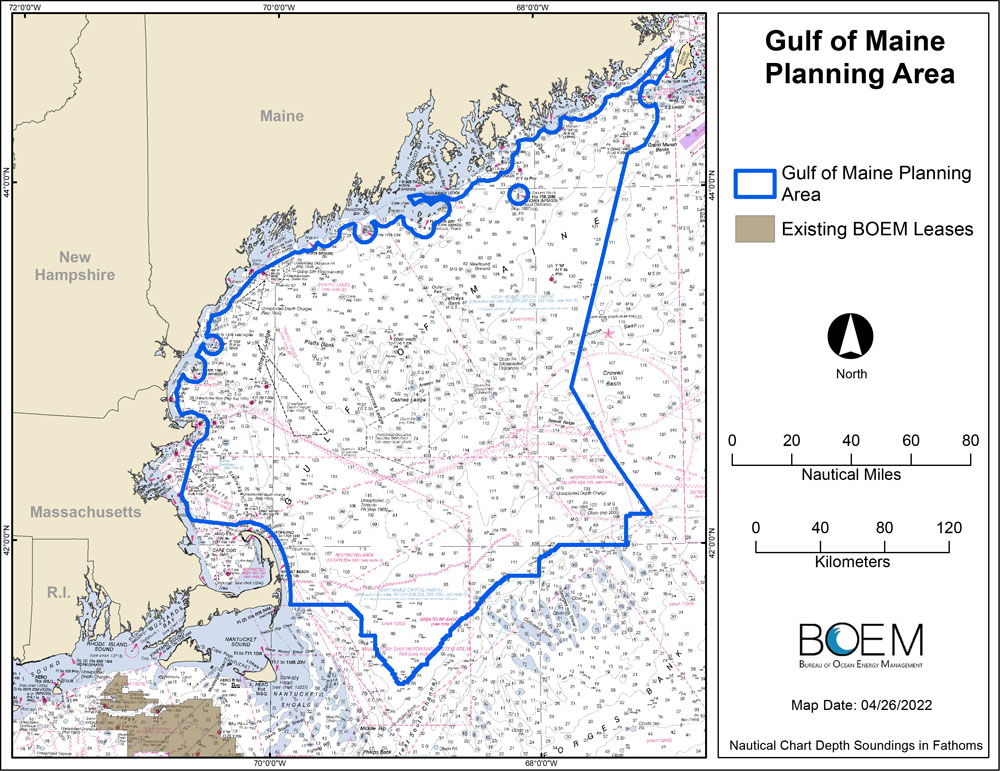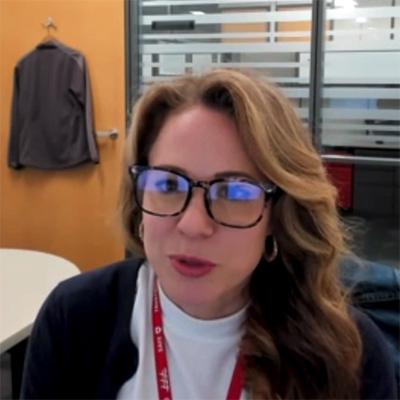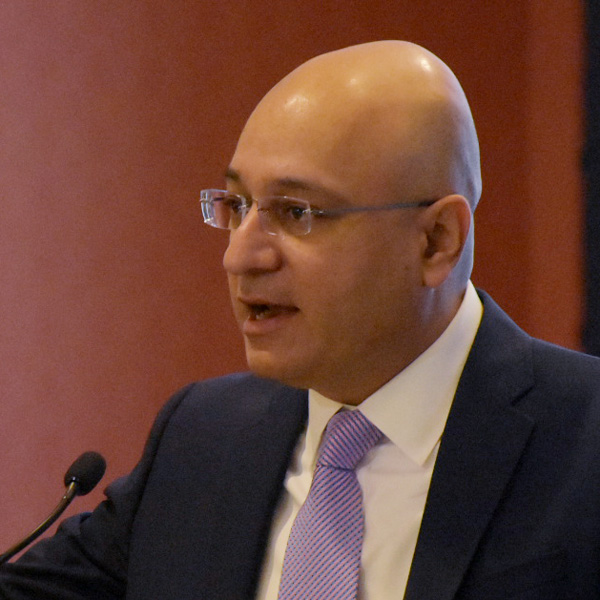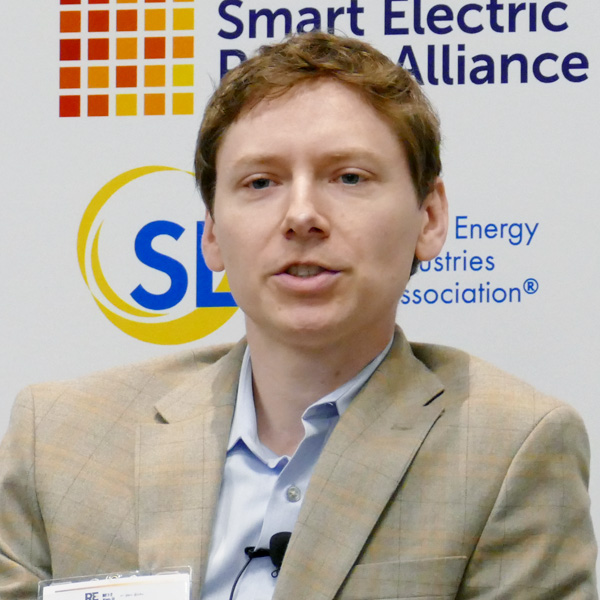FERC commissioners expressed alarm Thursday over forecasts of potential supply shortfalls this summer in the West, ERCOT, MISO and SPP.
A day after NERC issued a sobering Summer Reliability Assessment, FERC staff presented its Summer Energy Market and Reliability Assessment, concurring that drought, wildfires, plant retirements and transmission outages have elevated risks of load sheds this summer in much of the country. (See West, Texas, Midwest at Risk of Summer Shortfalls, NERC Says.)
“We’re heading for reliability crisis. That’s what came through the NERC report yesterday,” Commissioner Mark Christie said at the commission’s monthly open meeting. “It isn’t the first time NERC has been warning us about this.”
Quoting from the NERC report, Christie said the “the nation’s grid reliability is deteriorating, because utilities are switching too rapidly from baseload power plants to intermittent renewables. … There is clear, objective, conclusive data indicating that the pace of our grid transformation is out of sync with the underlying realities and physics of the system.”
State Decisions
Christie said the problem is the result of state policymakers adopting overly aggressive renewable portfolio standards and climate goals.
“The decision about what generating resources get built or retired is a state decision,” he said. “Utility regulators, believe me, they know this is coming. It’s the state policymakers and legislators that are driving a lot of this. [You] need to really start paying attention to the resources in each state, what you’re building and what you’re forcing to retire, and start listening to experts like NERC.”
Christie’s fellow Republican, Commissioner James Danly called it a “grim assessment,” faulting FERC’s market policies for failing to provide “the correct price signals to ensure the orderly entry and exit of the resources that are required.”
He also said FERC had failed to encourage investment in natural gas infrastructure and criticized what he called an overreliance on electric transmission expansion.
“I think that there is, in the minds of some, an idea that that as long as we get the transmission issue correct, everything will eventually solve itself. I’m simply a skeptic,” Danly said. “Not only is transmission itself expensive, and not only does it have a long timeline, but we are constrained by the law as to how we’re going to allocate costs.
“My grave, grave fear here is that what’s going to have to happen to focus people’s attention on the solutions that are necessary to ensure resource adequacy and infrastructure reliability is going to be some catastrophic event,” Danly said.
Christie initially called the reports a “wake-up call,” before disavowing the phrase as “cliché.”
But Commissioner Willie Phillips, a Democrat, said Christie was spot on.
“I don’t think it’s too far [off] to say it’s a bit of a wake-up call,” Phillips said. “I mean, I think the alarm has been going off. We’ve just been hitting snooze.”
FERC Chair Richard Glick and Commissioner Allison Clements, both Democrats, also expressed alarm.
“There is no longer a shoulder month [when] we can kind of take a deep breath and allow for regularly scheduled maintenance outages to shore up for the for the next season,” Clements said. “We’re always bracing for the next extreme weather event.”
Glick said much of the problem is extreme weather linked to climate change.
“I was in Texas earlier this week, and someone said they were in their 22nd year of drought. [They said], ‘These things come and go every 20 years or so.’ Well, we don’t know that anymore,” Glick said. “The extreme weather events that we’re seeing around the country, whether it be extreme heat, extreme cold … drought, obviously, hydropower reductions, but also wildfires … these issues aren’t going away.”
Hyperbole?
In a press conference after the meeting, Glick responded to his Republicans colleagues’ comments.
“Regarding Commissioner Danly’s comment, I mean, he’s prone to hyperbole, and so I think I don’t really think there’s much there,” he said.
He responded at length to Christie’s comments on the pace of the generation transition.
“There’s no doubt we have challenges on our hands, but I think that argument about going back to the way it used to be 30 years ago, that’s not going to happen,” Glick said. “We’re moving forward. Going forward has nothing to do with FERC. We’re moving forward because decisions are made elsewhere about the resource mix. We’re addressing those challenges, and we’re taking them seriously, trying to address them head on.”
During the meeting, Glick announced the commission will host a forum in Burlington, Vt., on Sept. 8 to discuss New England’s gas-electric winter reliability challenges (AD22-9).
He also took note of two orders approving new gas infrastructure, saying they showed critics were wrong when they said FERC’s proposed policy statements on gas permitting and greenhouse gas emissions would make it impossible to approve new pipelines. (See EBA Panel Hits FERC Pipeline Permitting.)
One order approved Kern River Gas Transmission Co.’s application for a 36-mile pipeline in Utah that will provide up to 140,000 dekatherms of gas per day to allow Intermountain Power Agency’s plan to convert an existing coal-fired generator to a gas-fired combined cycle plant (CP21-197).
“In this particular case, there’s actually net negative emissions,” Glick said.
In the second order, FERC approved ANR Pipeline Co.’s proposed Wisconsin Access Project to provide an additional 50,707 dekatherms of gas daily for six shippers (CP21-78).
Glick said he supported that project even though he concluded it would result in “significant” additional GHG emissions.
“Nonetheless, in my opinion, the benefits of the project outweighed the impact of those particular significant emissions on the environment,” he said. “The aim is to try to address this issue in a way that understands that we can follow what the courts tell us to do on greenhouse gas emissions. … and at the same time, pursue our responsibilities under the Natural Gas Act.”
Gas Market Manipulation?
Glick also expressed concern that the increase in natural gas prices, which have spurred higher power prices, may not be entirely explained by market dynamics.
FERC’s summer assessment said futures prices are higher at every major U.S. trading hub, with Henry Hub prices averaging $7.06/MMBtu for June 2022 through September 2022, up 88% from last summer’s average of $3.75/MMBtu.
“I’ve had a couple of CEOs suggest that they don’t think the market fundamentals support the current natural gas pricing,” Glick said. “They may or may not … [and] that’s something we need to consider and take a look at.”
He elaborated in the press conference. “FERC has authority over natural gas market manipulation as we do on electric market manipulation. And so that’s something we’re taking a look at. But I don’t want to suggest that we’ve found anything. I don’t want to suggest we haven’t found anything. It takes a while to do these investigations.
“That’s just good regulatory practice to make sure that the markets that we oversee aren’t being manipulated,” Glick said.





